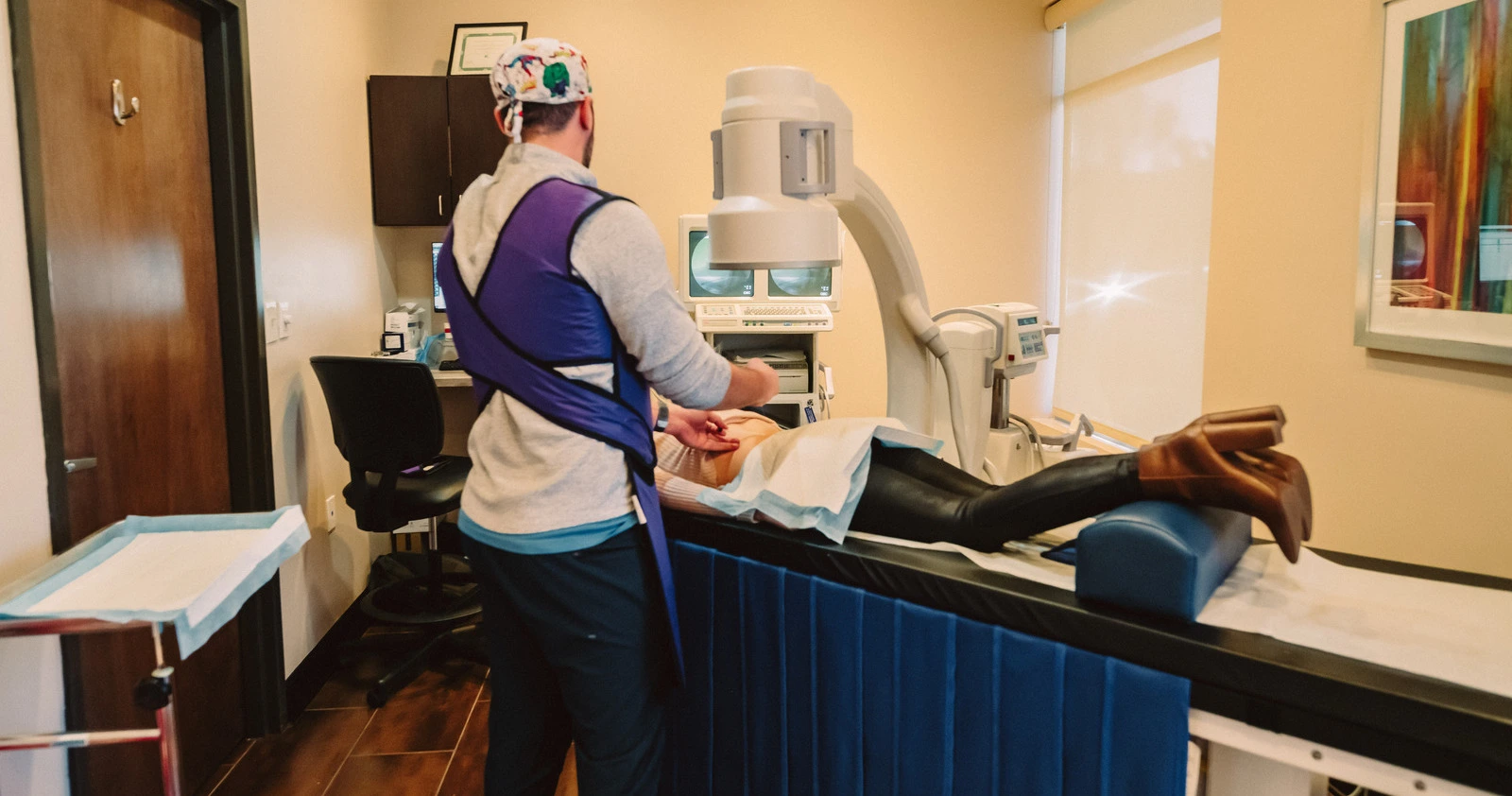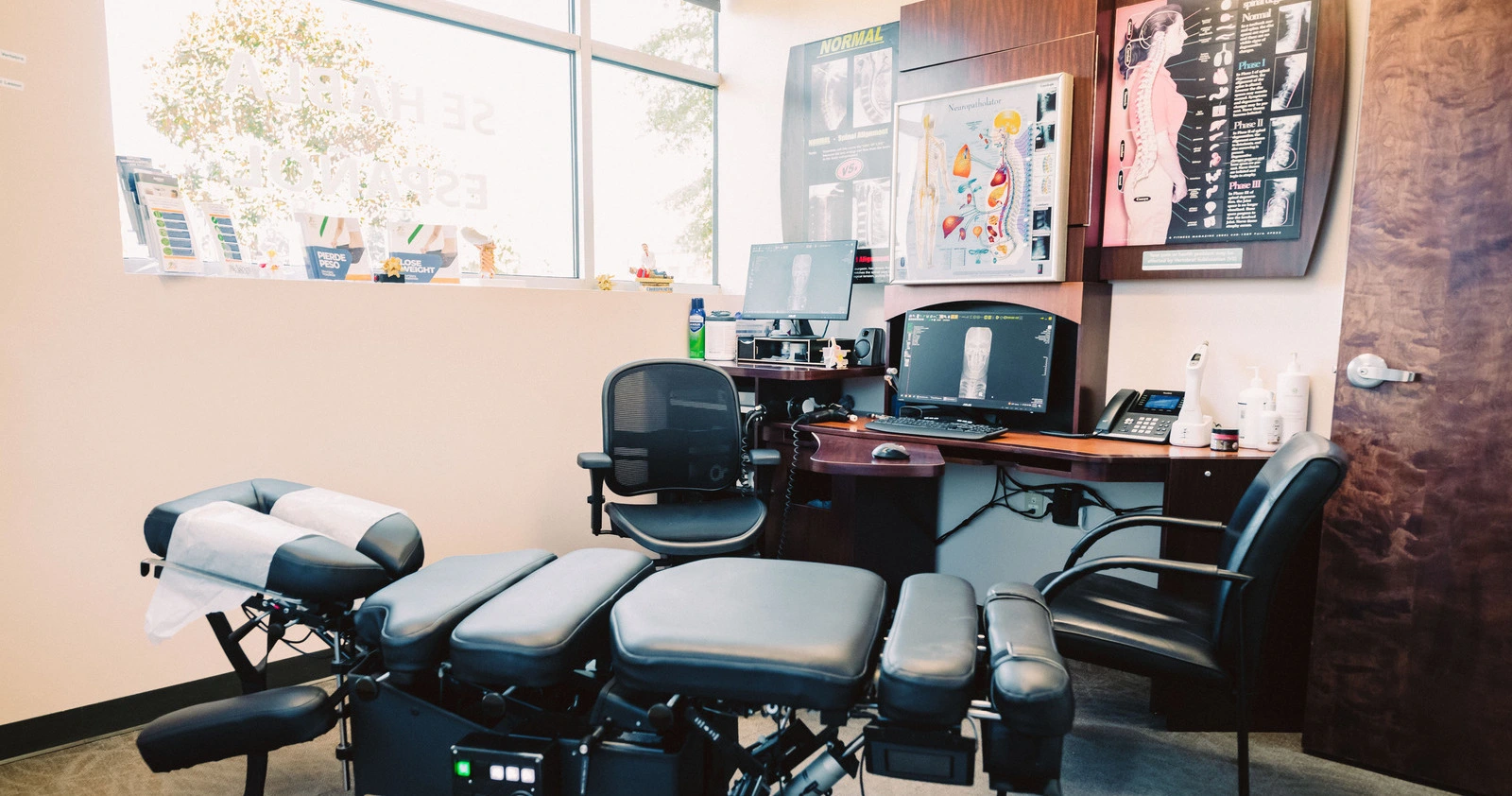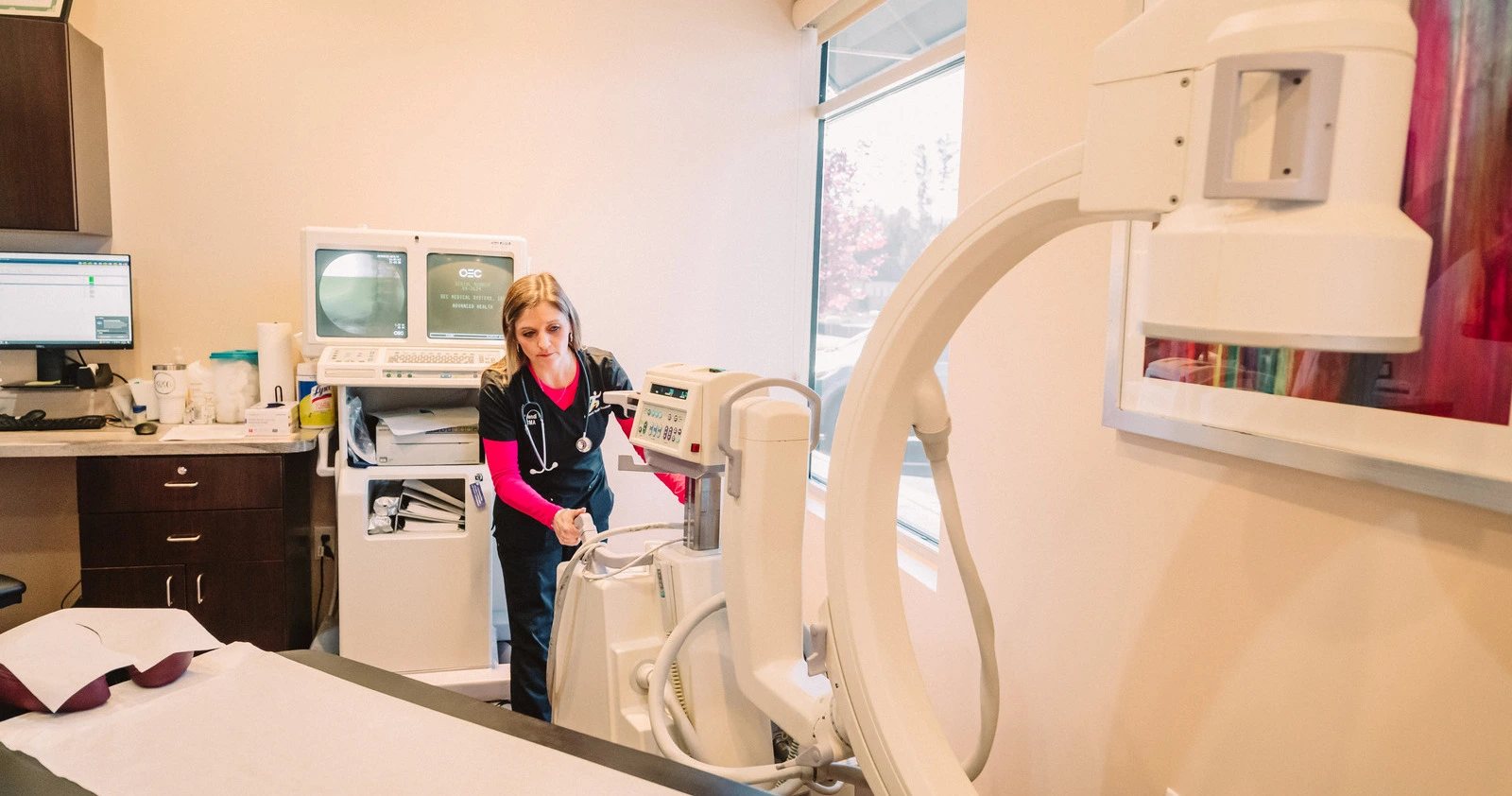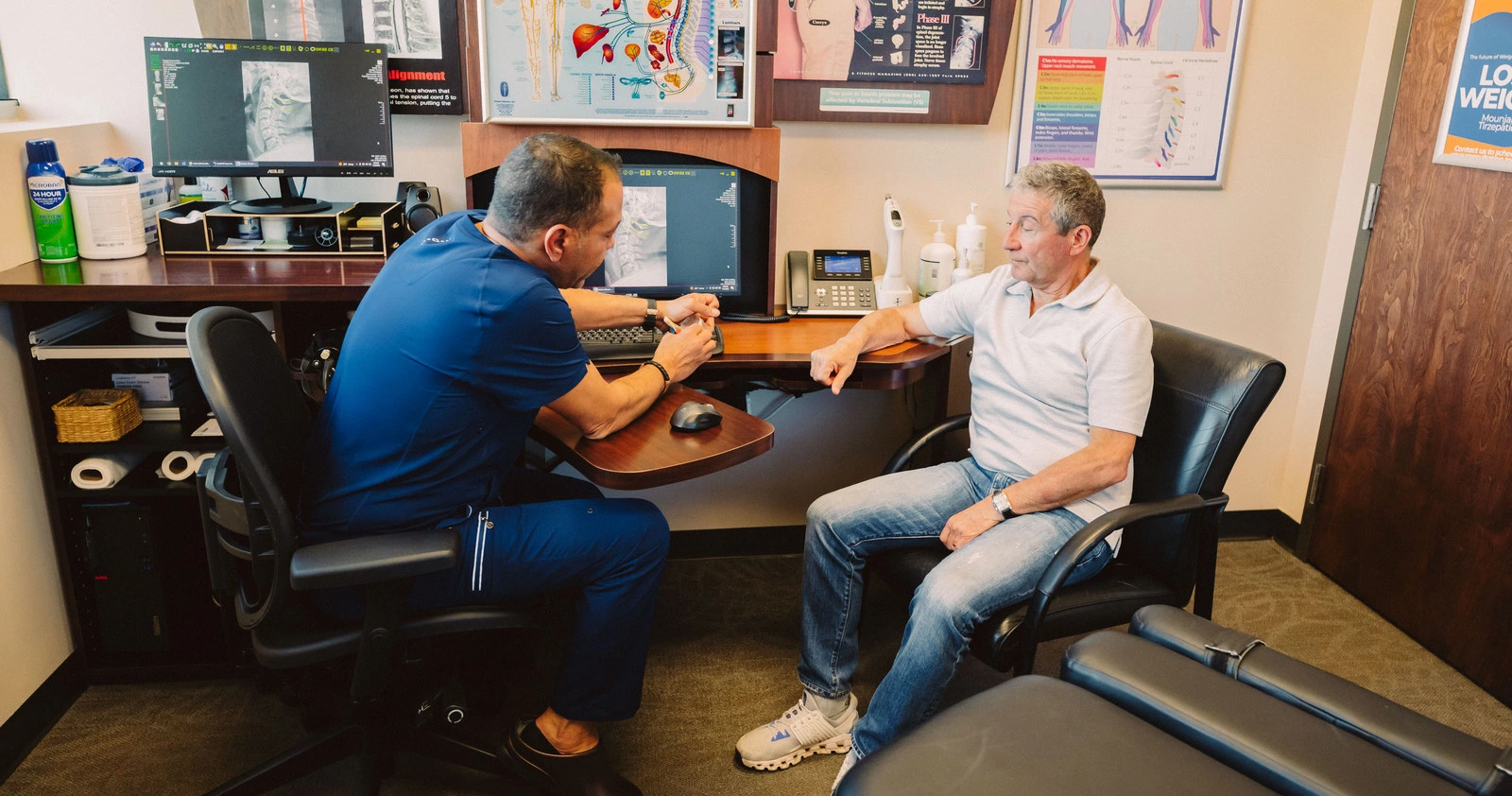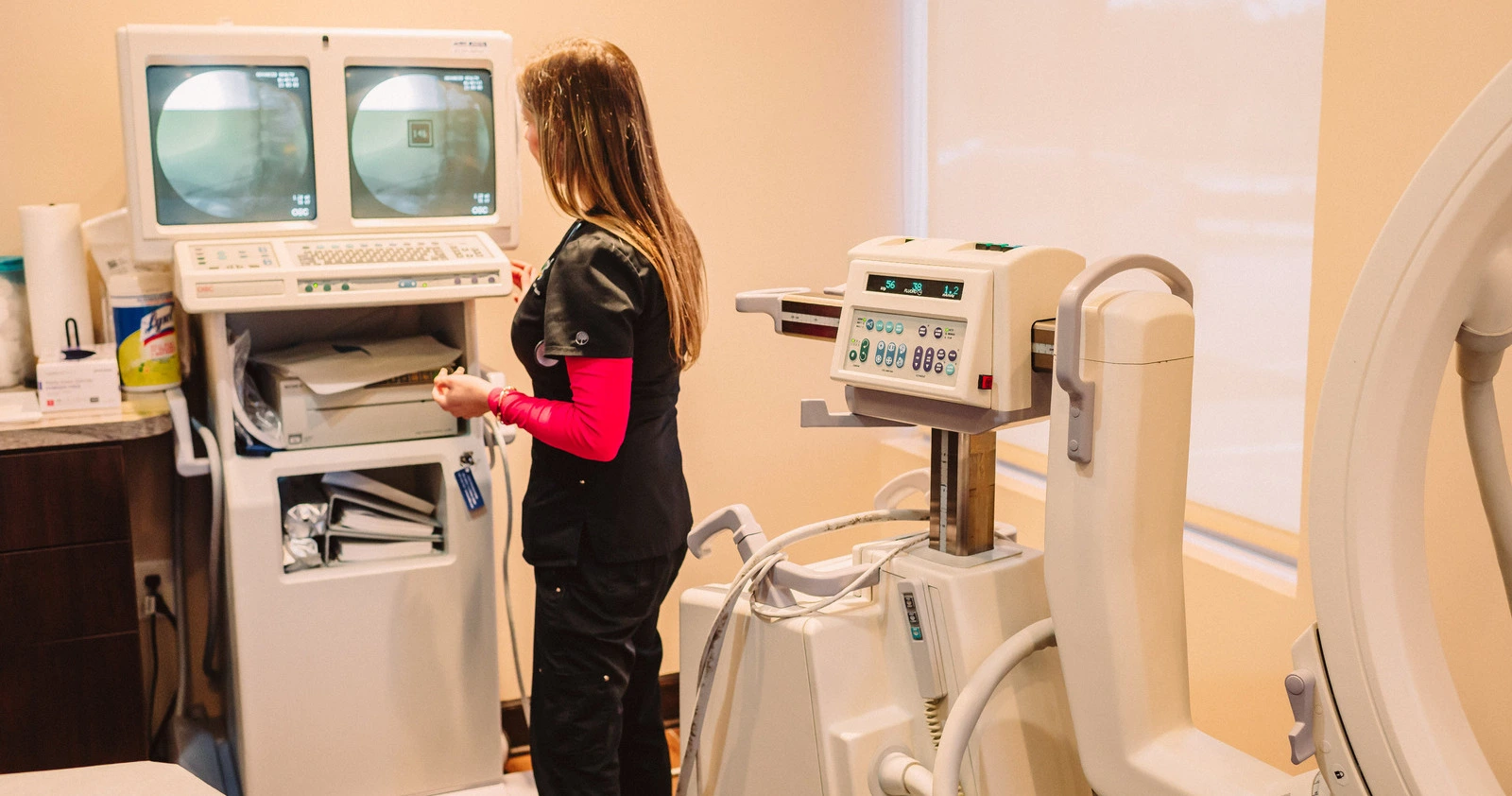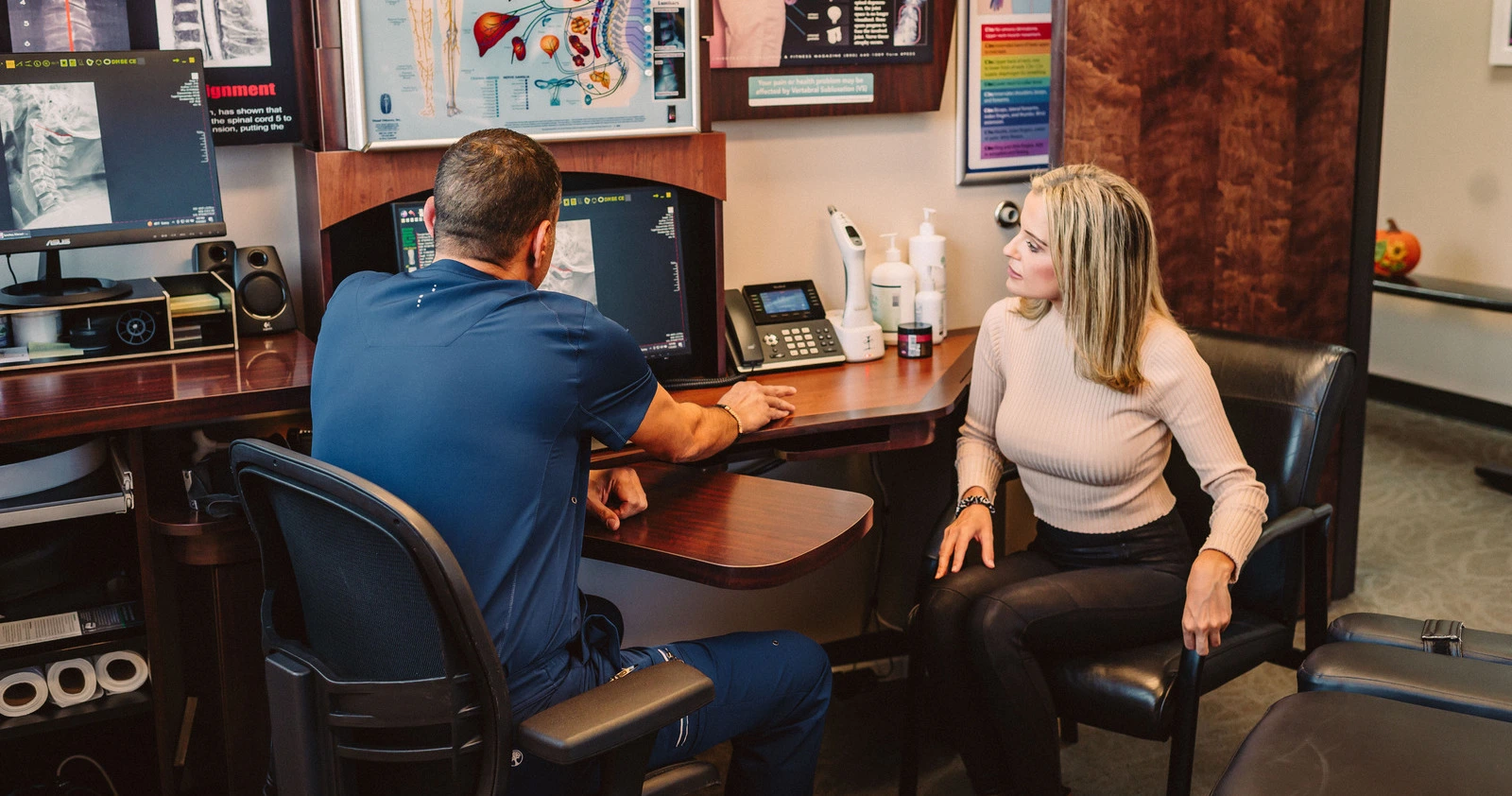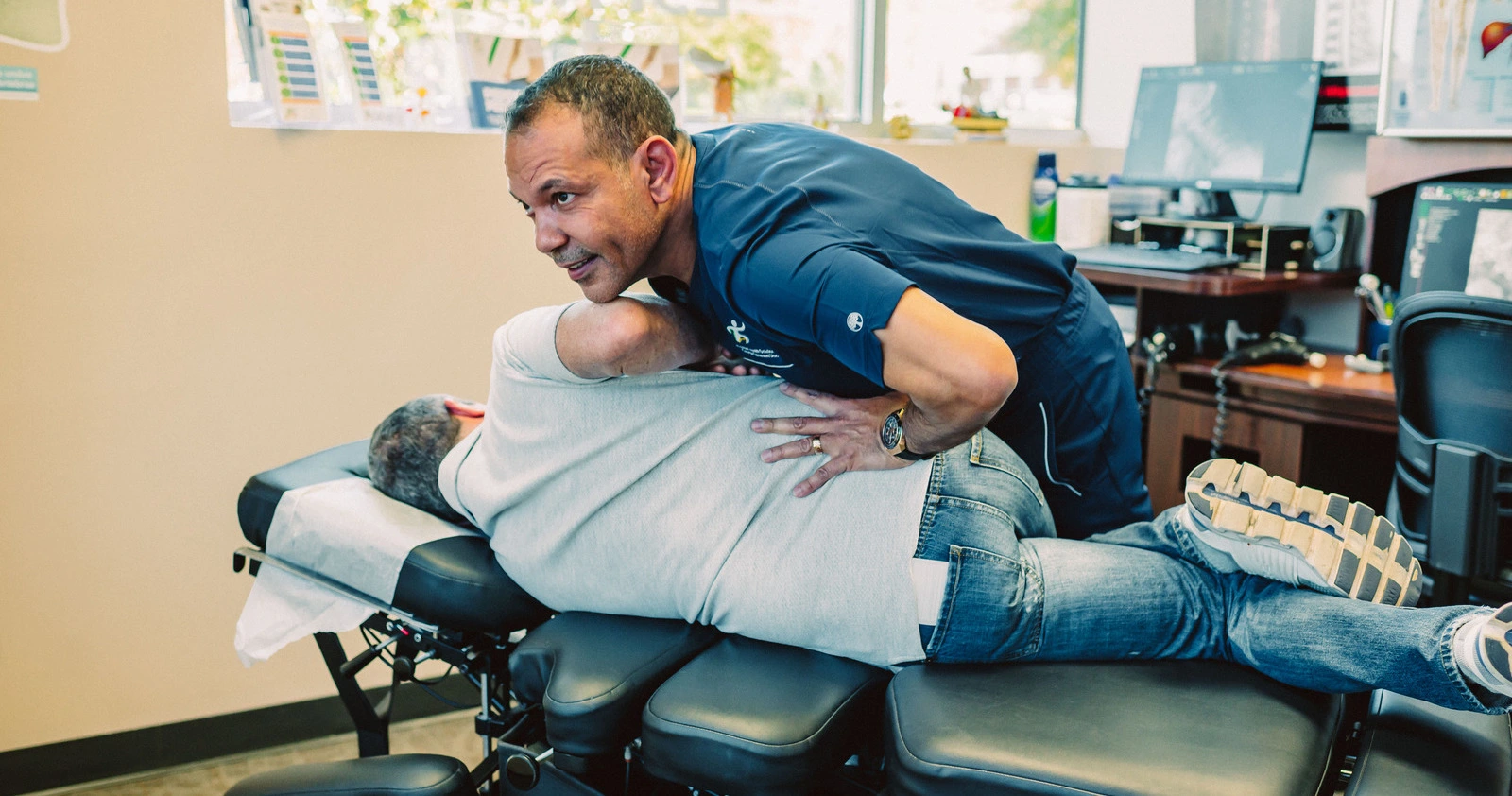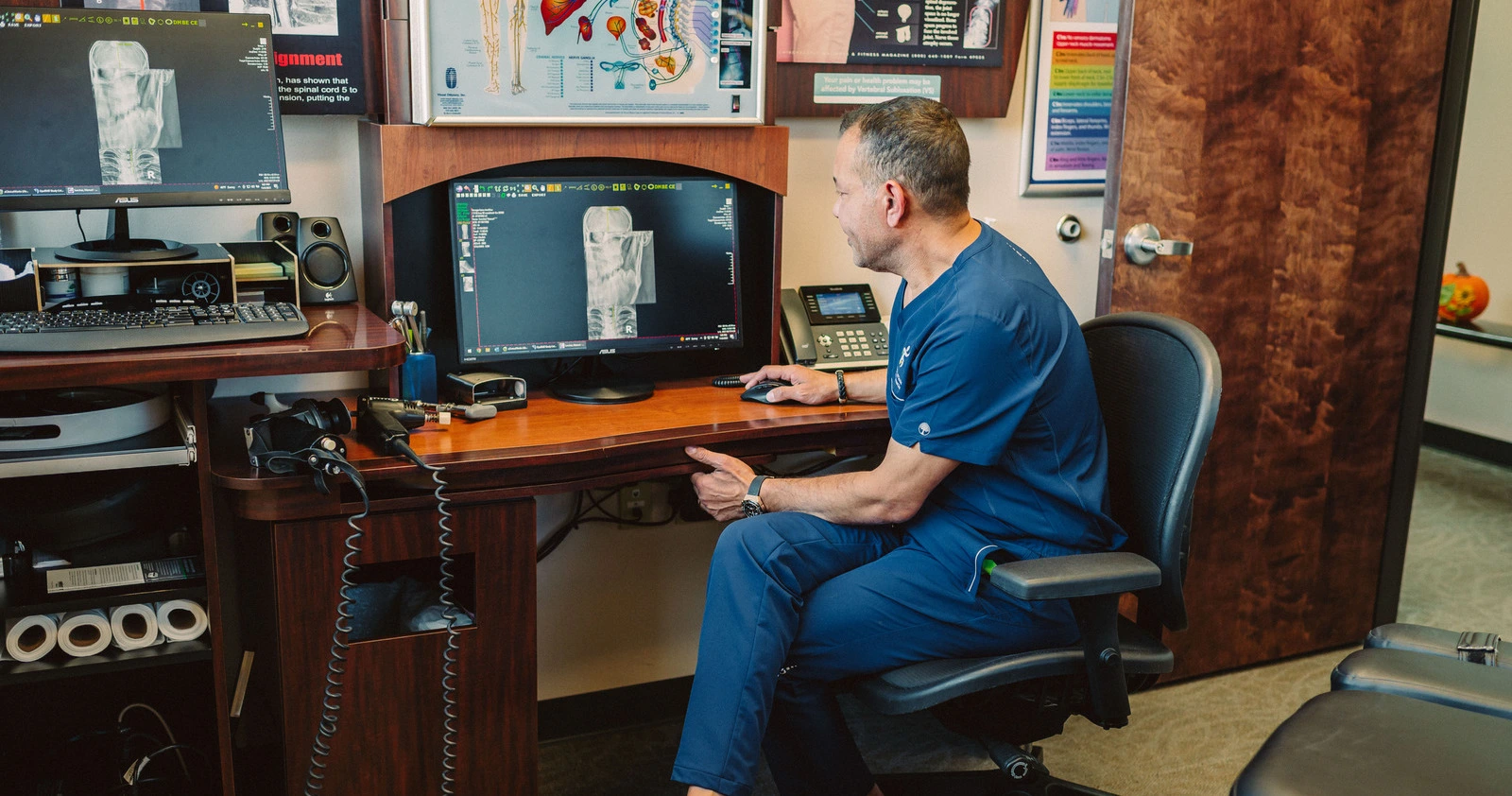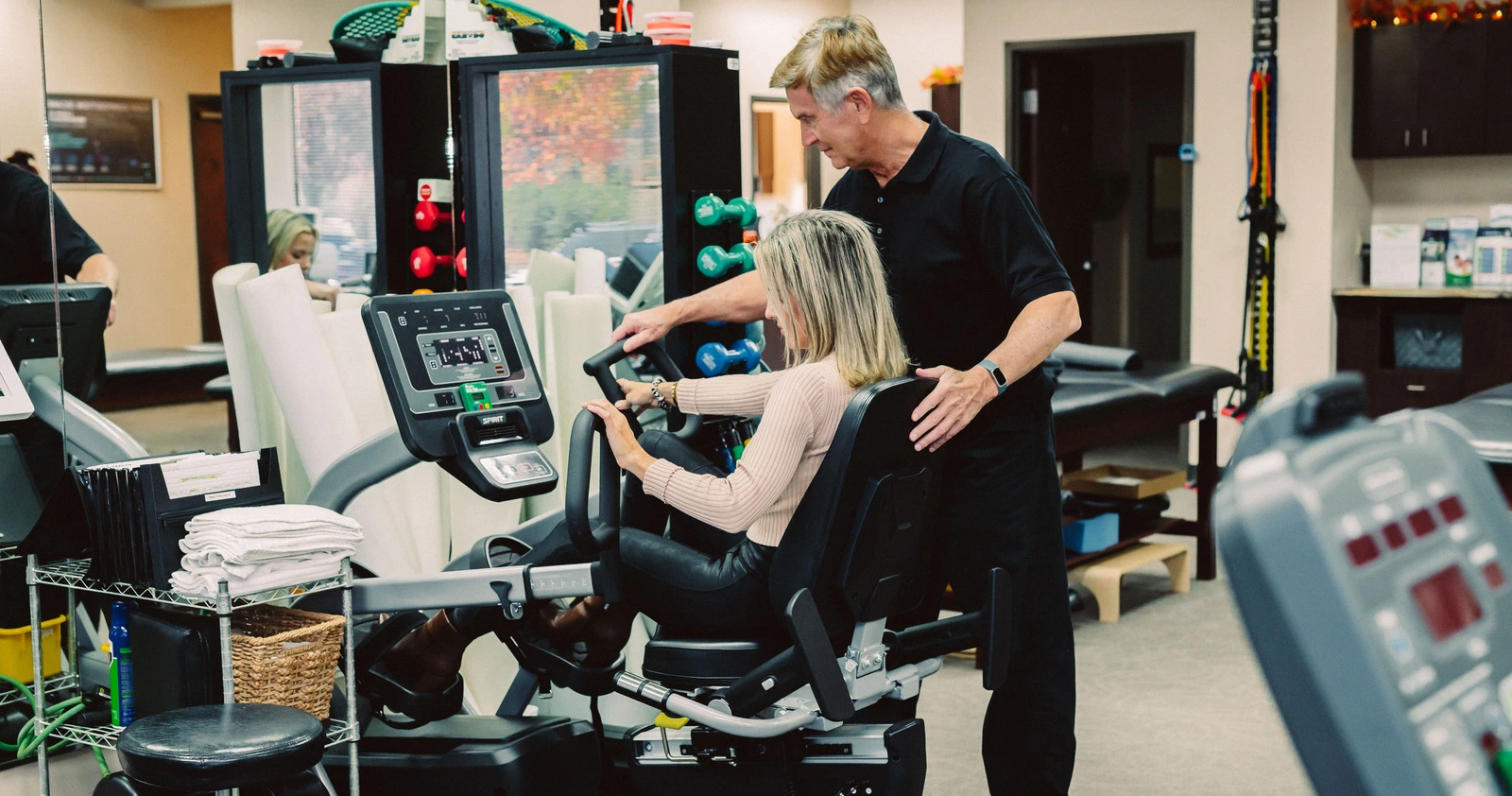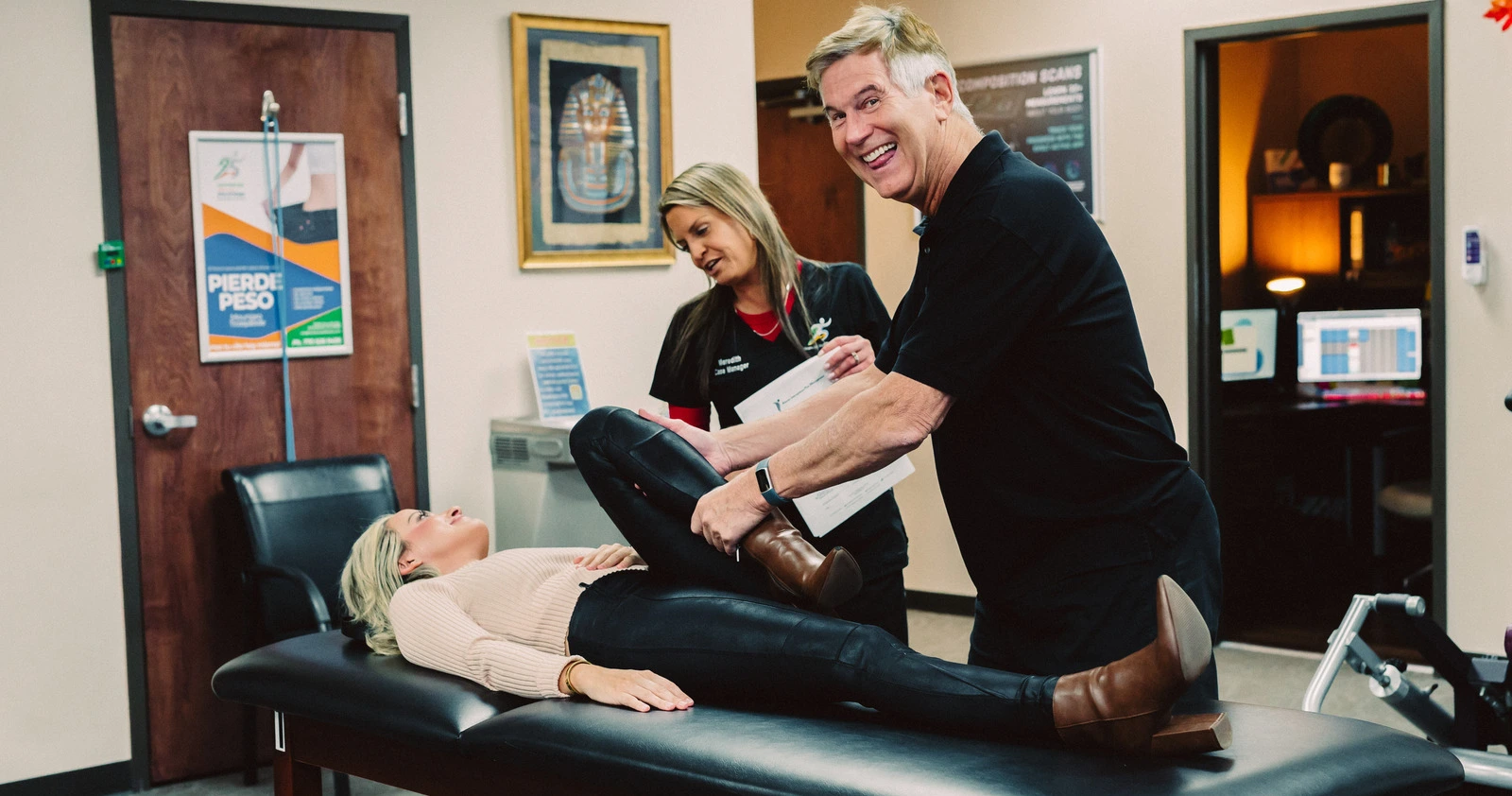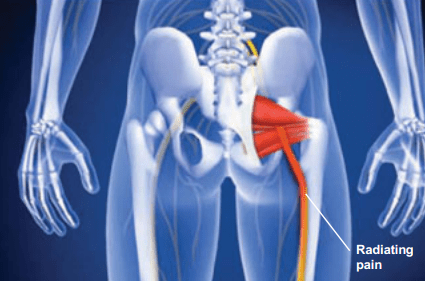
Piriformis Syndrome
Piriformis syndrome refers to a rare neuromuscular condition which results due to compression of sciatic nerve by piriformis muscle. This muscle, piriformis muscle, refers to a band-like, flat muscle which is found at the buttocks of an individual close the top part of a hip joint. The muscle, piriformis muscle, is critical especially during movement of the lower body since it will stabilize the hip joint, lifts & rotates a person`s thigh away from his or her body. Therefore, the muscle is critical since it enables people to walk, maintain balance, and shift their weight. Also, this muscle is helpful in sports particularly that entail rotating and lifting of the thighs—in general, it is vital in all motions of the legs and hips.
Sciatic nerve refers to a long and thick nerve in an individual`s body. The nerve goes via the muscle (piriformis), then goes also down the leg (backside), and finally branches into small nerves that will end in one’s feet. Piriformis muscle spasm may result in nerve compression.
Signs & Symptoms of Piriformis Syndrome
Usually, this disorder begins with some pain, numbness, or tingling in a person`s buttocks. The severe pain is as a result of piriformis muscle that compresses the sciatic nerve, for instance when one sitting on his or her car`s seat or he/she is running. Besides, one might experience some severe pain when climbing stairs, or even sitting for a longer time. However, most sciatica cases are not because of piriformis syndrome.
Diagnosis of Piriformis Syndrome
Piriformis syndrome does not have any definitive test. In many instances, diagnosis depend on the reports of the symptoms of a patient and also physical examination using various movements to cause muscle pain. In some instances, physical examination may help to find a tender or contracted muscle, piriformis muscle. And since symptoms might be the same in an extensive range of disorders, radiologic examinations like MRIs can be needed to examine the exact cause of the compression of the sciatic nerve.
Treatment Of Piriformis Syndrome
In case the pain is as a result of sitting or some other activity, then an individual should try to avoid all positions that cause it. For sure, rest, heat, and ice can help in relieving symptoms. A physical therapist or doctor can propose a unique program of exercises & stretches that can assist in reducing compression of the sciatic nerve. Osteopathic manipulative treatments have been used mainly to relieve pain & increase the range of motion. Other health care experts can recommend muscle relaxants, anti-inflammatory medications, or even injections with an anesthetic or corticosteroid and many others. Also, surgery might be recommended. However, that is the last resort.
For more information regarding piriformis syndrome contact Dr. Kal (Advanced Health Solutions Medical Center) Woodstock, Georgia.


